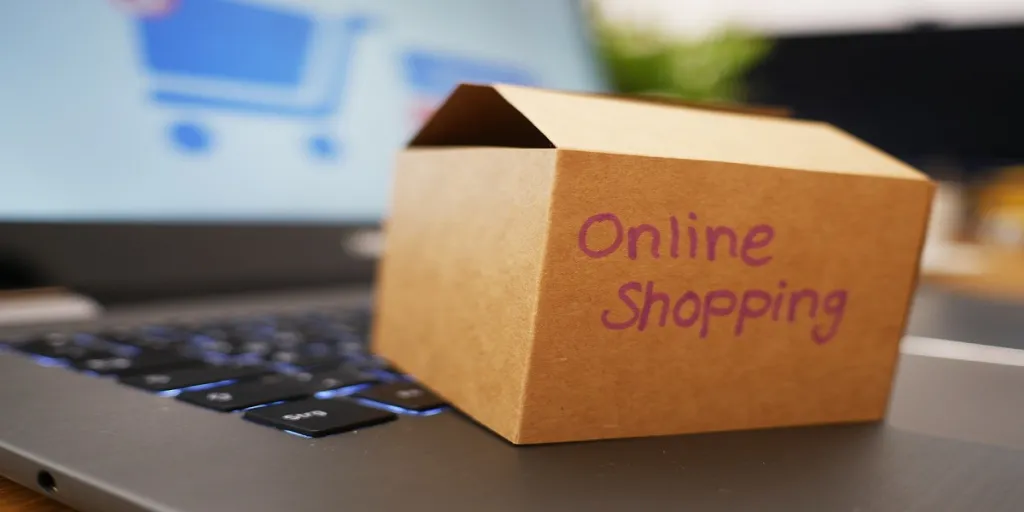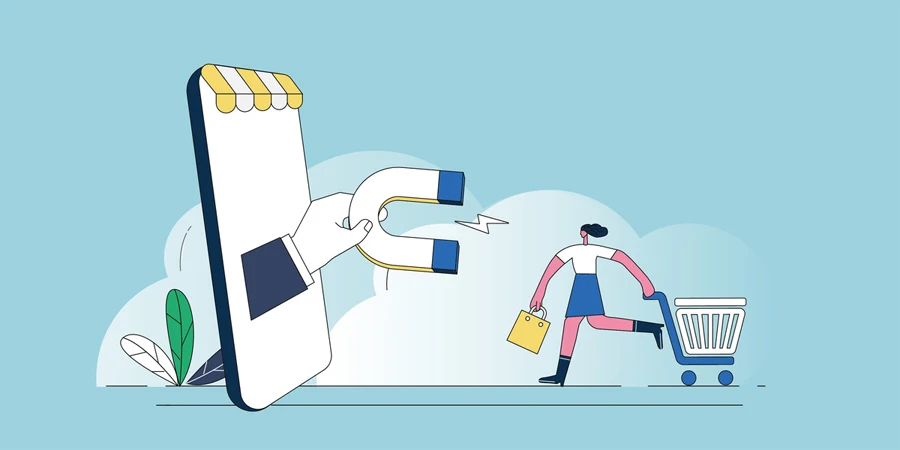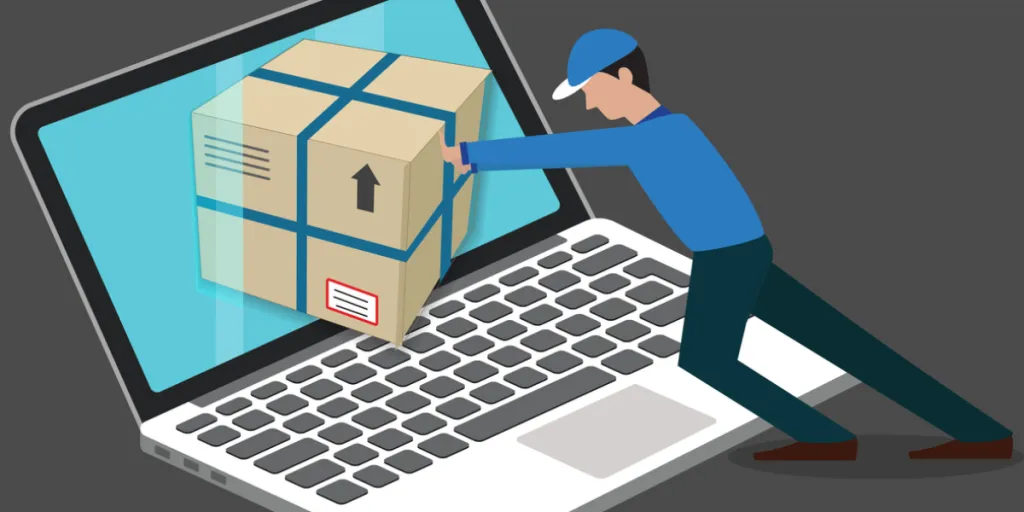Amazon is the world’s biggest online marketplace, with millions of shoppers visiting the website daily. This makes it one of the most sought-after platforms for businesses and brands to market their products to a large audience. Sadly, this also means that it attracts fraudulent sellers who can wreak havoc on the market.
This article will cover everything that legit businesses need to know about unauthorized Amazon product vendors, from who they are and what they do, to their effect on genuine sellers. And most importantly, it will highlight key strategies for preventing unauthorized sellers from causing loss to, and damaging the reputation of, authentic vendors.
Table of Contents
Who are unauthorized sellers on Amazon?
What do unauthorized sellers do?
What effects do unauthorized sellers have on legit brands?
Tips to help stop unauthorized sellers on Amazon
Final words
Who are unauthorized sellers on Amazon?
Unauthorized Amazon product sellers are third-party resellers or distributors that sell products from a brand without the brand’s permission. They can be individuals or companies who sell refurbished, counterfeit or gray-market products without legal rights or licenses from the original manufacturers.
These vendors often get these products illegally through unauthorized distributors or counterfeit manufacturers, which can affect retailers who purchase wholesale from legitimate distributors. These unauthorized vendors often compete with them or pass off their fake products as genuine ones on an Amazon product detail page.
What do unauthorized sellers do?
Creating fake product listings
Unauthorized sellers usually create fake product listings using identical names, images, and product descriptions of real ones. They may use fake customer reviews to improve their product ratings and increase their visibility in the marketplace.
Unsurprisingly, these illegal vendors may attach lower prices to their listings to attract unsuspecting buyers, thereby deviating income from legitimate businesses.
Use fake names or run multiple sellers’ accounts
Illegal product vendors might use fake names and run different seller accounts to sell the exact products or create separate product listings with multiple accounts.
They do this to avoid getting detected by Amazon’s algorithm, which may suspend their accounts. This tactic violates Amazon’s ToS and is punishable by account termination or suspension.
Sell counterfeit products
While not every unauthorized vendor sells fake items, the majority do. These products usually look similar to genuine products but with lesser quality, which can pose health and safety risks to buyers. For this reason, it’s an infringement on the intellectual property rights of legit business owners.
Counterfeit products can also damage a brand’s reputation and cause financial losses.
Manipulate Amazon’s algorithm
Amazon’s algorithm is programmed to promote top-rated products with good customer reviews. Unauthorized Amazon product vendors often manipulate the algorithm by artificially increasing their ratings and reviews. They may achieve this by offering rewards to customers in exchange for positive reviews or using fake reviews. This tactic is deceitful and can harm genuine businesses.
What effects do unauthorized sellers have on legit brands?
Lower margins and lost sales
As unauthorized vendors usually sell products at lower prices, customers may buy from them instead of purchasing from real brand owners. It creates price competition and decreases the profit margins, reducing income for legitimate brand owners.
Constant price wars
The presence of unauthorized product vendors on Amazon can create price wars on the platform. Because they usually sell the brand’s products below the retail prices, unauthorized sellers undermine the minimum advertised price (MAP)
Lower trust from customers

Illegitimate sellers often market inferior products or look-alikes of authentic brands. Due to the counterfeit products these unverified vendors sell, brands can lose customer trust, resulting in low sales and decreasing revenue.
Moreover, these resellers only care about making money, so they may deliver poor customer service and repel buyers from a particular product due to negative feedback.
A damaged relationship with authorized sellers
Unauthorized Amazon product vendors can be challenging to spot because of their craftiness, causing brand owners and customers to become suspicious of authorized sellers too.
Additionally, authorized resellers may feel cheated by unauthorized sellers, which can create tension and harm the overall distribution network of the brand, ultimately resulting in a loss of sales.
Tips to help stop unauthorized sellers on Amazon
Watch listings closely
One of the ways to catch unauthorized sellers is through their imitation of product listings. Hence, businesses should watch their product listings closely by regularly checking pricing trends and searching for copycats whose product listings are similar.
Helium 10 is one tool Amazon sellers can use to watch their listings. It provides everything from keyword research to listing optimization–and even a listing tracker to watch performance over time.
An alternative is AMZ Tracker, a tool that helps Amazon sellers track their listings’ performance, including sales, ranking, and reviews.
Leverage Amazon’s brand registry
Amazon’s brand registry is a program that helps businesses and brand owners to safeguard their intellectual property and manage their online presence in the marketplace. Brands with trademarks or copyrights on their products can enroll in the program to access powerful tools for identifying unauthorized vendors and protecting their brand name. For instance, the program lets brand owners look for and remove listings that violate their intellectual property rights.
Furthermore, this program is handy for brands with high-value products, as the registry has strict guidelines to control access privileges. For example, they allow only one authorized seller per account, enabling businesses to see whether a reseller is authorized by them (the brand). They also grant brands control over unauthorized listings to combat problems before they get worse.
Perform test buys

Test buys involve purchasing goods from authorized sellers to confirm their quality. If the products are of inferior quality, brands can take the necessary steps to eliminate sellers from the platform.
Proving that an unauthorized reseller sells a counterfeit or knock-off good is a solid move. However, many cases require brands to show that the unauthorized vendor’s product doesn’t match theirs precisely before they can remove a listing. It is also possible for businesses to prove that a reseller is illegally using their products with a different Amazon Standard Identification Number (ASIN) with a test buy.
Create a solid MAP (Minimum Advertised Price) policy
A minimum advertised price policy is a strategy businesses can use to set a minimum price so sellers can promote products. Doing this will ensure that costs are sold fairly and can prevent unauthorized sellers from creating price wars by sabotaging legitimate vendors.
To achieve this, brands can use MAP monitoring software to guarantee that their dealers stick to their MAP policy. It alerts the brand of any violation. Thus, it helps to verify dealers in the supply chain and discover unauthorized resellers. It also makes distribution administration easy and keeps pricing power within their control.
Here’s an example of a Minimum Advertised Price (MAP) policy:
Minimum Advertised Price Policy
This policy applies to all Amazon sellers who sell products that are subject to a Minimum Advertised Price (MAP). The MAP is the lowest price that sellers can advertise their products for sale.
Purpose
The policy’s purpose is to protect our brand’s values and ensure our products are sold at a fair price. By requiring sellers to advertise our products at a minimum price, we can help prevent price erosion and ensure our customers get a good value for their money.
Policy
Sellers who violate this policy may be subject to the following penalties:
- Suspension of their Amazon seller account
- Repayment of any profits made by selling our products below the MAP
- Legal action
Exception
There are a few exceptions to this policy. For example, sellers are allowed to advertise our products below the MAP if they are:
- Offering a sale or promotion
- Selling our products as part of a bundle
- Selling our products to a business customer purchasing in bulk
Enforcement
We will enforce this policy by monitoring our listing and by conducting periodic audits. If we find a seller violating this policy, we will take appropriate action.
Questions
If you have any questions about this policy, please contact us.
Note: This excerpt is just an example of a MAP policy. The policy’s specific terms may vary depending on the business and the products they sell.
Apply for Project Zero
Project Zero is another program created to help brands and businesses discover and remove fake products from Amazon’s marketplace. The program has manual review processes and automated tools that brands can use to detect and remove counterfeit product listings using key data points.
It also allows brands to add unique product codes using an optional serialization service, preventing unauthorized vendors from reaching customers on unit levels.
Utilize an automated brand protection platform
These platforms use learning algorithms to track product listings, discover unauthorized vendors, and take crucial steps to remove them from Amazon. The software runs 24/7, allowing brands to identify and control any arising issue faster than if they manually searched or came across such cases.
Automated brand protection platforms are great for businesses as they save time and resources while protecting the brand’s reputation.
The best option for this purpose is Amazon Brand Registry. It’s a free program that gives brands more control over their Amazon listings. Brands under this program can prevent unauthorized sellers from using their trademarks, remove counterfeit products, and get priority customer support on Amazon.
Alternatively, businesses can opt for Intellectual Property Accelerator, a program that helps brands obtain the intellectual property rights they need to protect their businesses on Amazon. It offers a team of experts capable of helping brands with everything from trademark registration to patent infringement litigation.
Final words
Unauthorized Amazon product sellers pose significant threats to legitimate brand owners on Amazon. Asides from reducing profit margins and stealing customers from legit businesses, these individuals or companies can create scandals in the marketplace because of their unethical behavior.
Ultimately, countering unauthorized sellers requires continuous vigilance and dedication. By implementing the above strategies, brands can proactively find and eliminate unauthorized sellers, protect their intellectual property and image, avoid sales loss, and secure their business potential.







